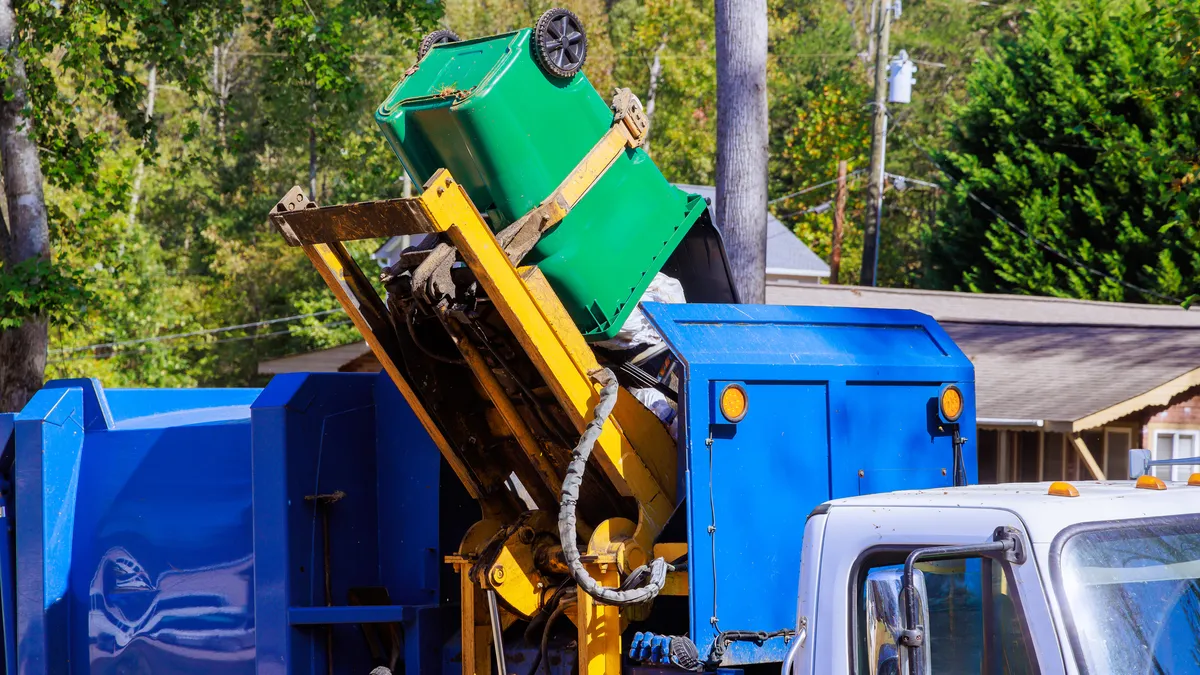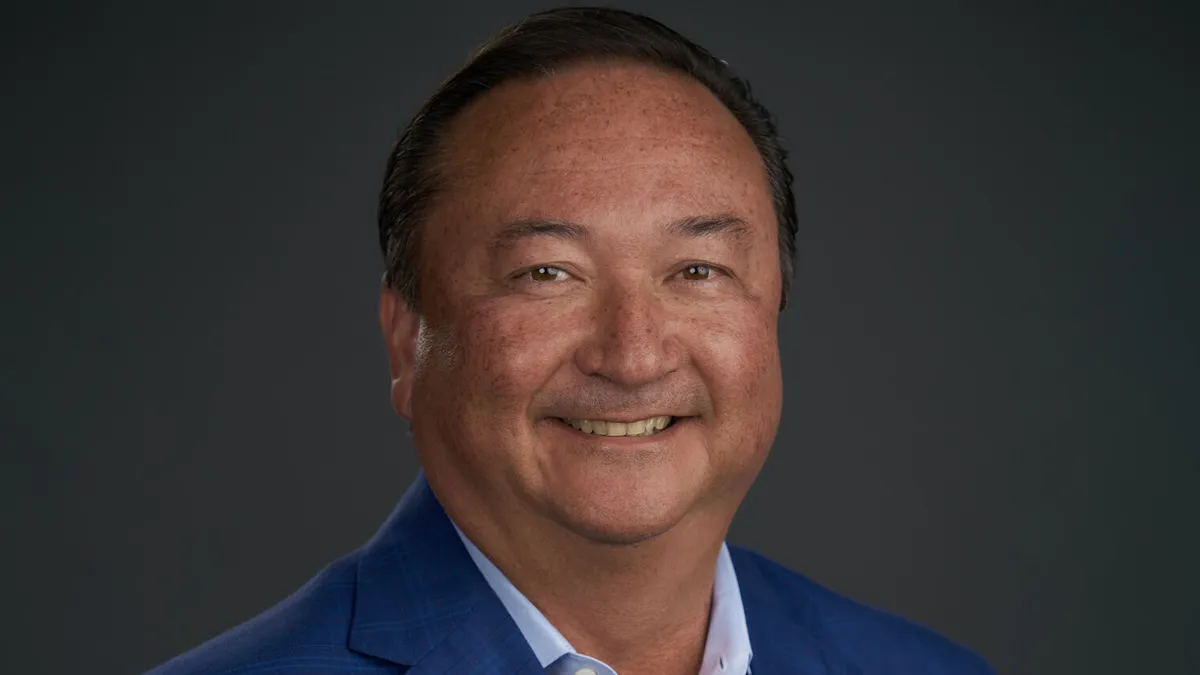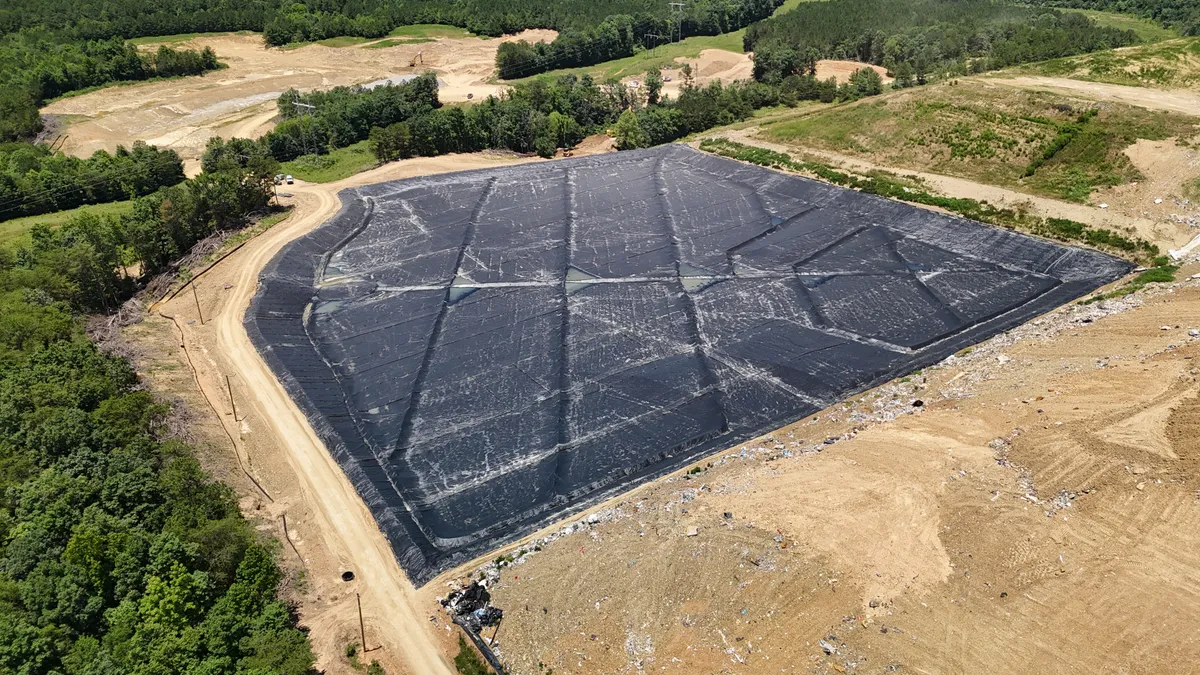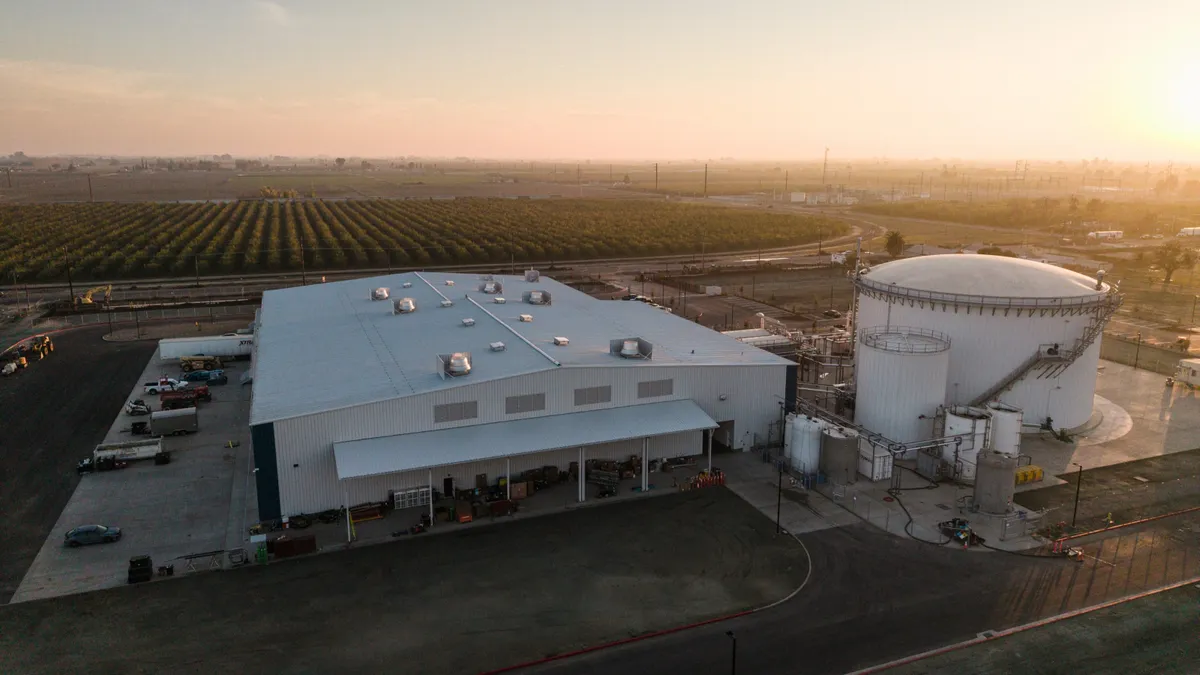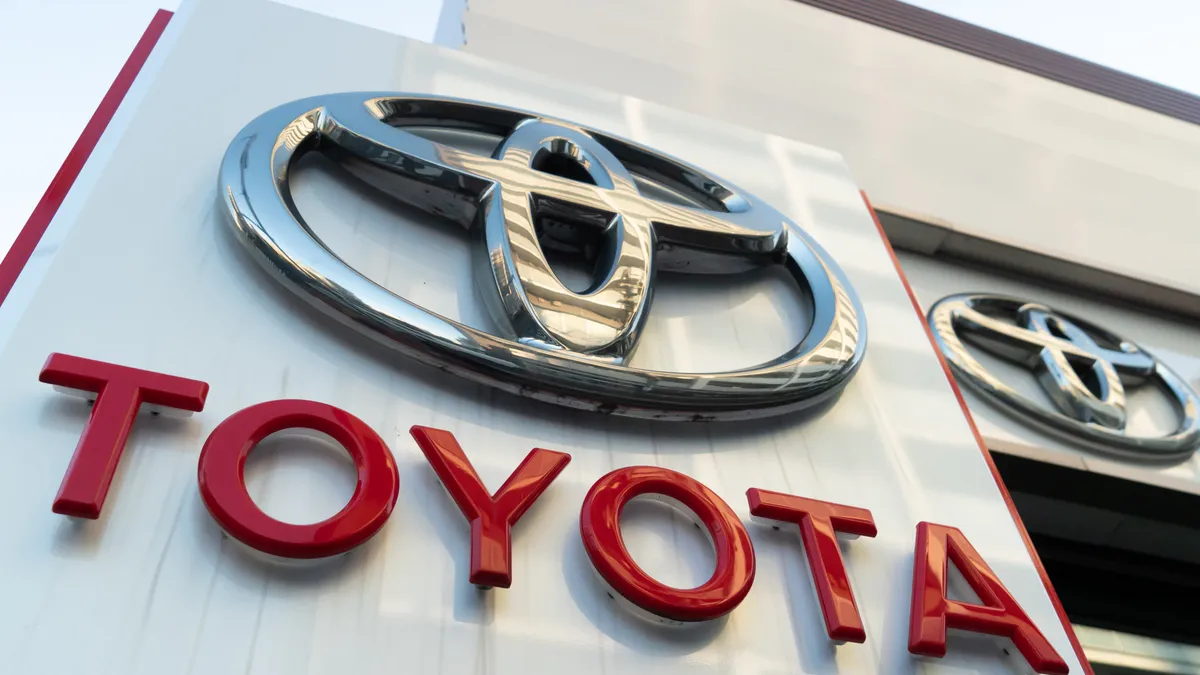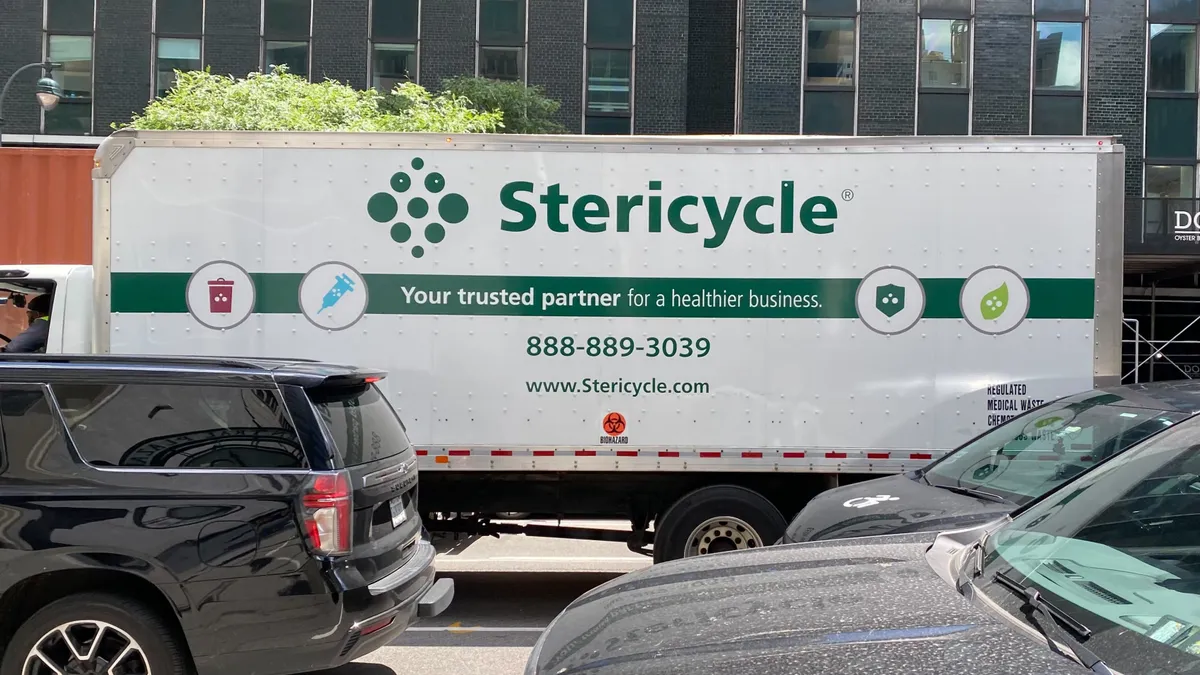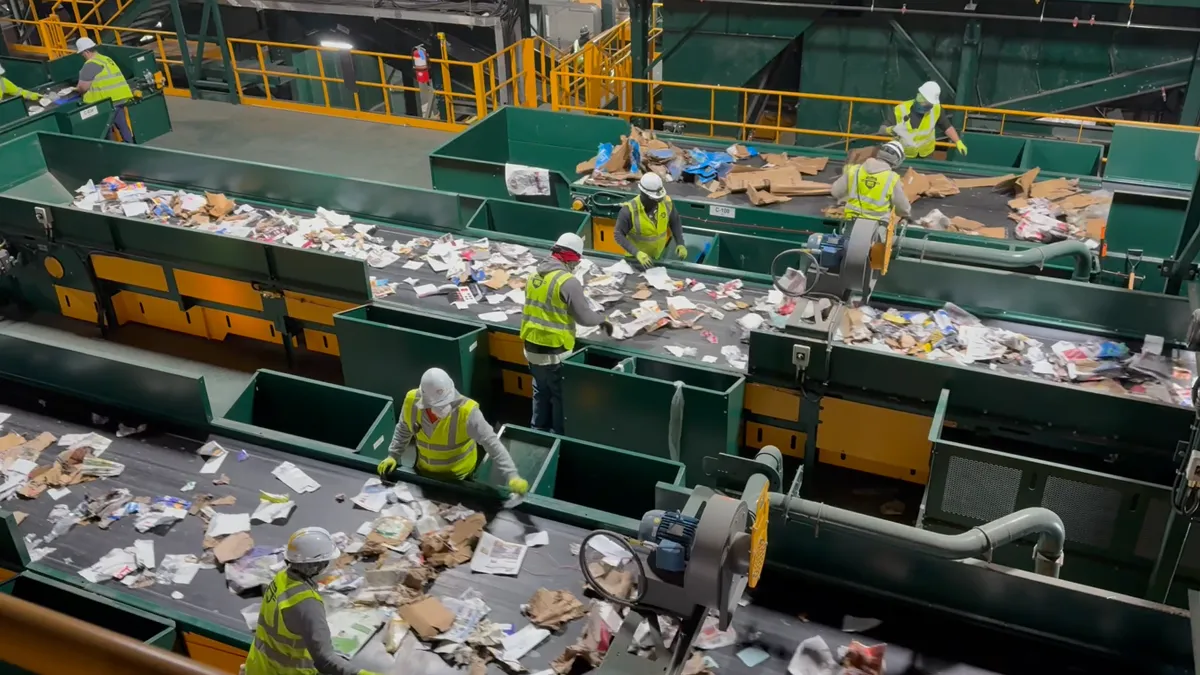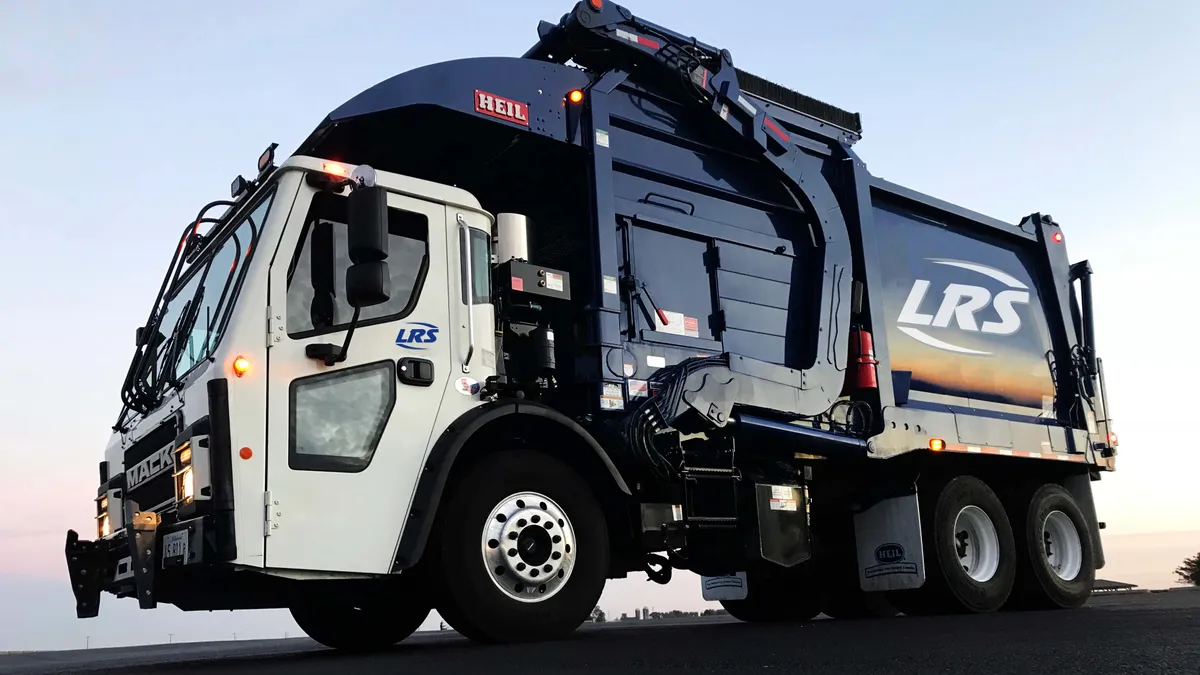GreenWaste has a long track record in California’s waste and recycling sector, but its sale to a Macquarie fund has created new expansion opportunities and attracted broader industry attention.
The San Jose-based company and its affiliate Zanker Recycling sold to a Macquarie Asset Management fund in late 2021, marking the private equity firm’s first waste transaction in the state. At the time, a Moody’s analysis estimated that GreenWaste generated around $400 million in revenue. Updated figures have not been disclosed, but today the company reports more than 1,000 employees and an estimated 300 collection or support vehicles on the road.
Its northern California portfolio includes facilities specializing in C&D recycling, curbside recycling, composting and anaerobic digestion, along with an inert landfill. Most recently, the company purchased a transfer station in Hayward. Over the years, GreenWaste has also gained a reputation for investing in newer technologies, such as alternative fuel vehicles and the first all-electric automated sideloader.
Waste Dive recently spoke with CEO Tracy Adams — who joined the company in 2008 — about strategic shifts, the company’s first acquisition with Macquarie, construction trends, California’s SB 1383 law requiring universal organics recycling, expansion plans and more.
The following interview has been edited for length and clarity.
It’s been a little over a year since the Macquarie deal closed. What may have changed since then in terms of the company’s structure or strategy?
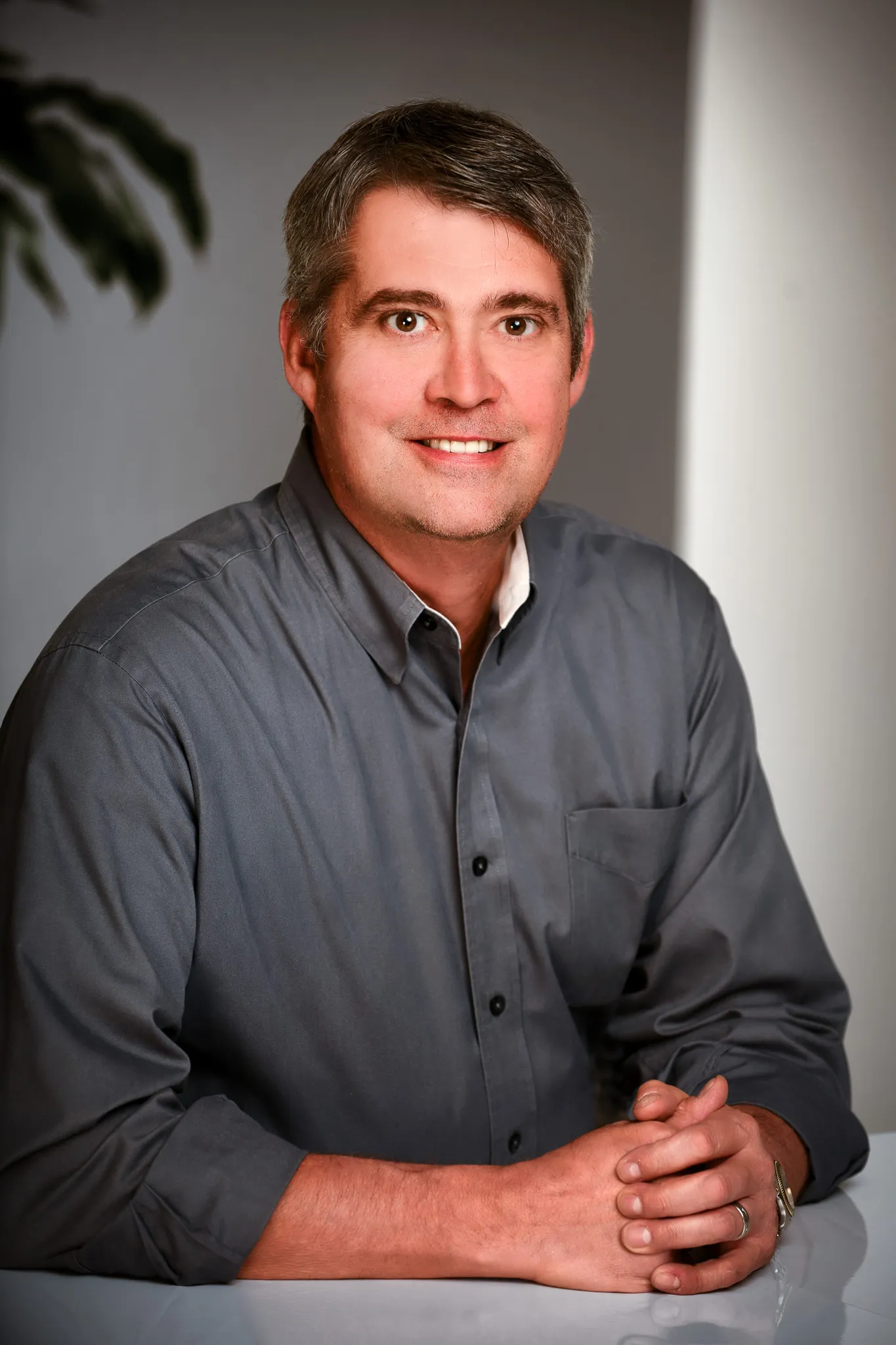
We're going from a long-term, almost 40-year, family-owned company to a company in a private equity environment. There's been a number of changes. As the family looked to move on from being in the business, we looked at a lot of different options and wanted to really find an option that could, as closely as possible, allow us to continue doing what we've been doing for the previous 40 years.
With Macquarie I believe we found the right company for that. They have been incredibly supportive through this transition. They certainly have brought a different way of looking at things and have strongly encouraged us to make some changes, like radically increasing our focus on safety. While I thought we were a very safe company before, we needed to find some different ways to measure what we're doing so that we can become even better than what we were. They've been really strong in pushing that, and then at the same time allowing us to continue with the philosophies we've had and how we do business as a company.
Growth is often a priority in the private equity model. Your first acquisition since the deal didn’t come until a year later. Has it been a competitive environment for deals or were there other factors?
The Bay Area is obviously a very competitive marketplace. On top of that, we needed to find the right company that would be the right fit for our philosophical model and how we do things. It doesn't make sense, at least in my mind, to go out and acquire just to acquire.
With the acquisition of the Hayward Transfer Station, I think we found the first leg in that. While I sure would have loved to have had two or three knocked down in the first year, I am happy with making sure we had the right acquisition in play for our first one.
Hayward's far enough from our base of operations at our Zanker construction and demolition site that it might have been a little bit difficult for some of our customers to get all the way down to Zanker. [Also] knowing that that material is going to go down to Zanker where it's going to give you a certified diversion number is good for everybody involved.
Economic uncertainty has been on everyone’s minds lately, which can affect C&D volumes. Are you seeing any signs of softness in the Bay Area?
The Bay Area is a unique environment in that we're pretty landlocked. There's not a lot of other places to go. I think we have our own unique ecosystem here. Historically, the Bay Area tends to be the last to slow down and the first to pick up. From the C&D standpoint, I think we've seen more from the weather in the last few months than we've seen [from other factors].
I think we're going to see a transition more from [building projects such as offices] and that sort of material coming in. We're going to start to see more tenant improvement type stuff come in, more multifamily material come in as they look at expanding housing in the Bay Area and increasing some density. When we look at our roll-off business and talk to some of the other customers that we have coming into our Zanker sites, the market's still there. I think it's changing in what it's going to be and what we're going to see coming through the gate, but because of the uniqueness of [this area], we've got to take things out to bring new things in.
Zanker has a reputation for being among the leaders on C&D in the state. What do you think is coming in the next 5-10 years for C&D recycling? Is the market development keeping up with the desire for the recycling rates?
On the C&D side, I think you're going to see more and more jurisdictions worry about SB 1383. C&D at its base many times is organic material. We're going to see more and more facilities have to get certified and guarantee their diversion rates and show that they're giving what they promise. Zanker has been getting certified from the RCI for a number of years now to show that what we're giving you is what we say we are doing. If I had to guess, I'd say you're going to see a little bit more from CalRecycle and [local enforcement agencies] in terms of making sure the numbers that are coming out are legitimate.
SB 1383 is also a big aspect for your business on the traditional food and green waste side. Where are your local jurisdiction customers in their efforts?
There's really two ways to comply with 1383 as it stands up. One is to move organics into your green waste. The other way is what we've committed ourselves to almost 15 years ago now when we built our first combined single-stream and MSW MRF.
One of the issues I think we all see is that multifamily diversion is difficult. There's not a lot of economic levers with that and it becomes somewhat challenging. So in 2008, we built a facility to process MSW to try to increase the diversion. What we realized quickly is the way to increase that diversion is by focusing on organics.
In 2018, we really went all in and [expanded a compost] facility where we can process close to 700 tons a day of MSW. We can keep a higher, better use of our green waste because we keep contaminants out of it. Our blue bin is similar to everybody else's blue bin; we're going to be able to go ahead and remove recyclables from there. But then we're going to take the MSW from many of our jurisdictions and process that. We can see — depending on the jurisdiction, depending on the time of year — 50%-plus organics in that material.
A lot of our jurisdictions have taken the opportunity to say "yes, we would like you to go ahead and process all of our MSW for us, so that nothing goes to the landfill without being processed first."
When people are asked to do things like put their food scraps in a kitchen bin and bring it out to put it with yard trimmings, that's relatively straightforward. Where I think it gets a little bit harder are things like what do we do with that Kleenex? Or what do we do with the cardboard tube from our bathroom roll? Or what do we do with the kid that took the food back to their room and threw it in the room trashcan? Those materials are still showing up in that gray bin. I think we're all going to have to take a good, hard look at how we can get at those materials if we want to be successful in achieving the 1383 diversion mandates.
On the flip side, some people are not sold on the concept of mixed waste sorting because of possible material quality issues. What have you seen in terms of marketability for your compost from that stream?
I think you need to have a full system in place to make it successful. The concept of putting everything into one bin and splitting it apart, you've certainly degraded your recyclables, you've certainly degraded your fibers. I don't think that's the right solution.
I think you need to have a comprehensive solution from soup to nuts where you've got a strong single-stream recycling plan, you've got a strong organics plan — whether that's food waste in the yard waste, or yard waste and a separate food waste, or food waste going into the gray bin.
What we've seen is that there's a different market for that compost at the end. There's a market for that certified organic, green compost. There are markets out there, and we'll as a state need to do a better job of creating more markets for this MSW-derived compost. There's a lot of materials in the procurement provisions of 1383 that we're going to have to work with our communities to find a way [to address], whether that's using that MSW-derived compost for flowerbeds or trees or other landscaping materials.
Do you see more business opportunities for new organics contracts or projects? I know, for example, you tried to expand into Placer County. Or is it more about maximizing what you already have with your customers?
I think you need to do both. You need to expand what you're doing with your customers. We have many jurisdictions that have been with us for many, many years. Our goal is to continue to push the envelope for them to find the best use of their material. But I think you also need to look outside of what you're currently doing and have expansion, growth in mind.
We have 15 years of experience doing this. Others have experience with it, but I think others are trying to figure out how they're going to get there. I think we can bring the experience to the table that some of the jurisdictions throughout the state might be looking for.
For organics, or any other line of business, are you looking to expand outside of your current region with the new Macquarie investment?
Right now, if I were looking at our short-term expansion plans, the Bay Area and northern California is certainly where we're prioritizing our focus. But that doesn't mean we wouldn't look at other opportunities. I think we bring a unique skill set. If we're called upon and asked to help we are certainly willing to look at different areas and how we can help them achieve their goals in meeting 1383 or other goals that come along, whether they're in California or outside of California. It's got to fit into who we are, what we do.
Could expanding into landfills ever be in the cards?
We do have an inert landfill. It's still operating. We don't put much into it. The answer is always yes. It's not what we built our foundation on, but it doesn't mean that we don't know what to do with it.
We don't base our business model on picking things up and putting them in the ground. We base our business model on picking things up and getting as much out of that material as we can. Because for us, [apart from labor costs] our biggest expense is our landfill expense.
Even if we were to take on a landfill, I think we'd still take that same concept of how do we continue to keep as much out of that landfill as possible. Frankly, I think that lots of people need to start thinking about that, because there's only a certain amount of landfill space out there.
Is Macquarie prioritizing any changes in how you handle sustainability and ESG reporting?
Macquarie really wants to be at the forefront of this. We've always looked at ESG as a company, and maybe not formalized it as much as it is now, but it's always been a base of how we look at things.
We've been reporting, we've been working with the Climate Registry. You'll see us getting more consistent with getting that out. It's definitely more of a priority.
It kind of goes back to the safety piece, where these are some of the key drivers of how Macquarie looks at a business. Those are things that have fit into what we've done, it's just really formalizing them. You'll see our climate report out this year, we'll have a net-zero plan out this year, we're going to start working within the GRI and GRESB frameworks.
Thinking ahead 5+ years, what do you hope GreenWaste can look like in terms of its place in the state, and/or national industry, with this Macquarie partnership?
I'd hope that it looks very similar to what it does now in terms of how we look at the world and philosophically how we operate a business, just in a much larger scale. As a company, we've always been very creative in how we look at things, been a leader in trying to keep things out of the ground, making sure everything is processed first. I'd like to continue to take that philosophy and push that outside of our current geographic boundaries.
I’ve been very pleased with how this relationship has gone, how the philosophy that Macquarie has shown to us really aligns with the values in what we're doing and how they've really worked to let us continue to be just a bigger and better version of who we are.







